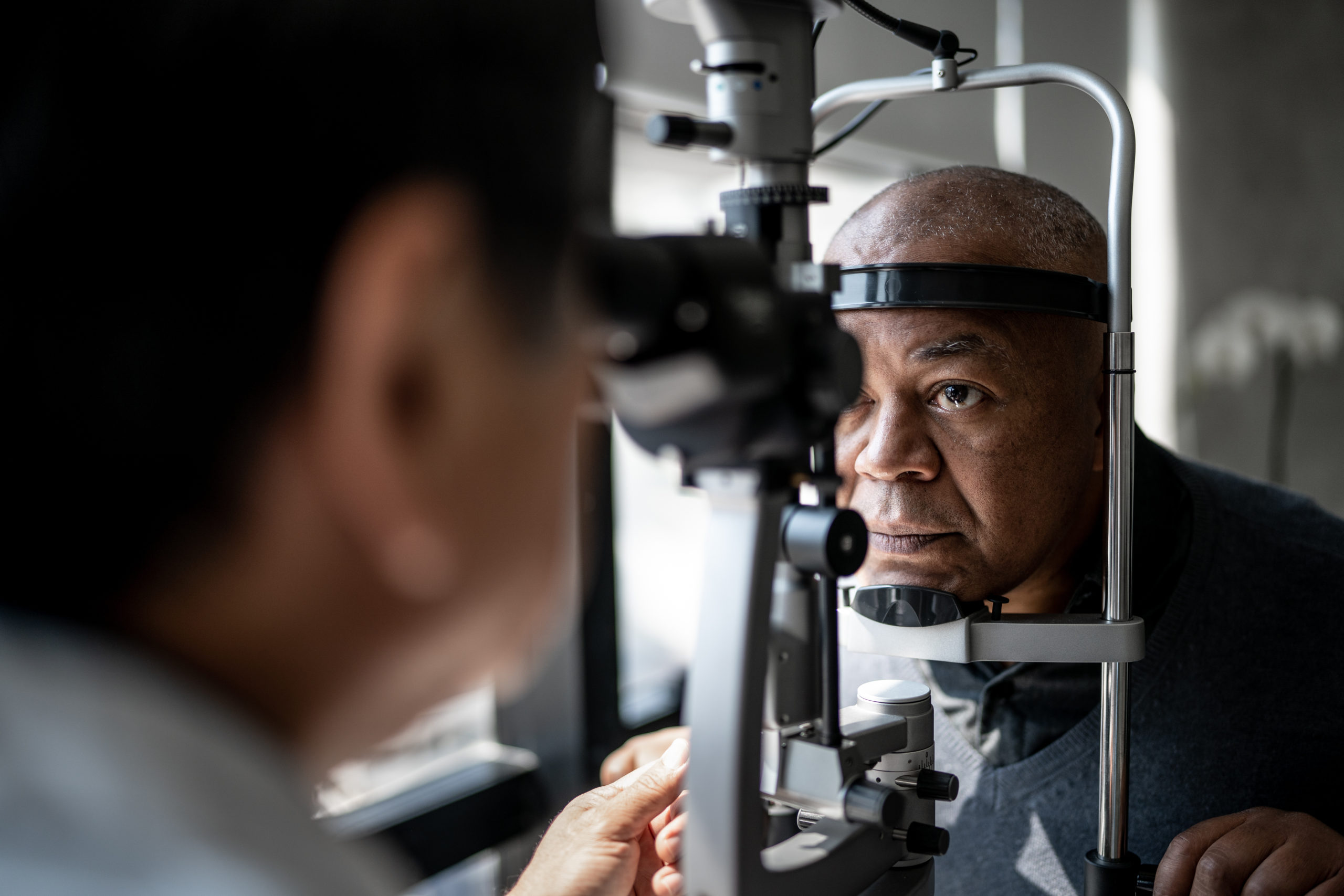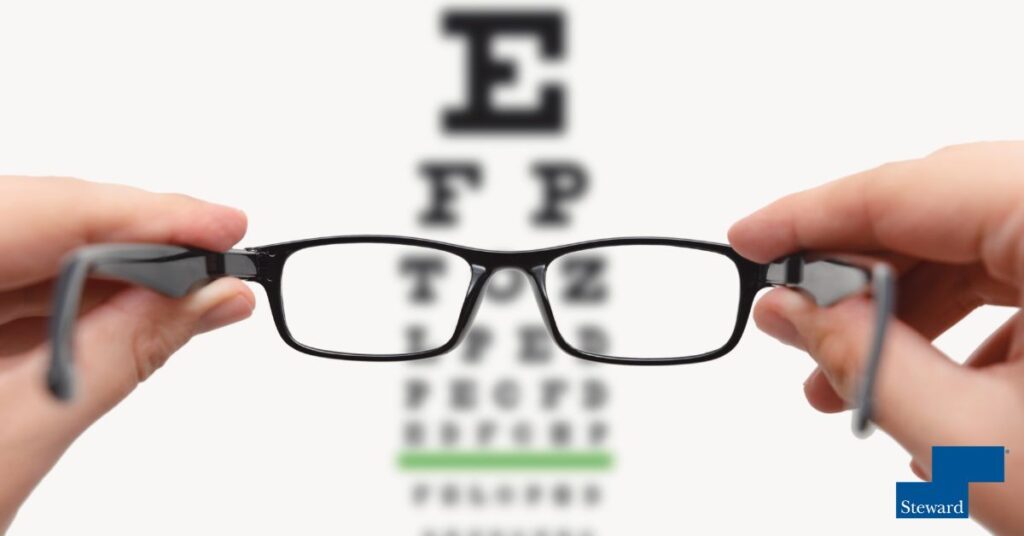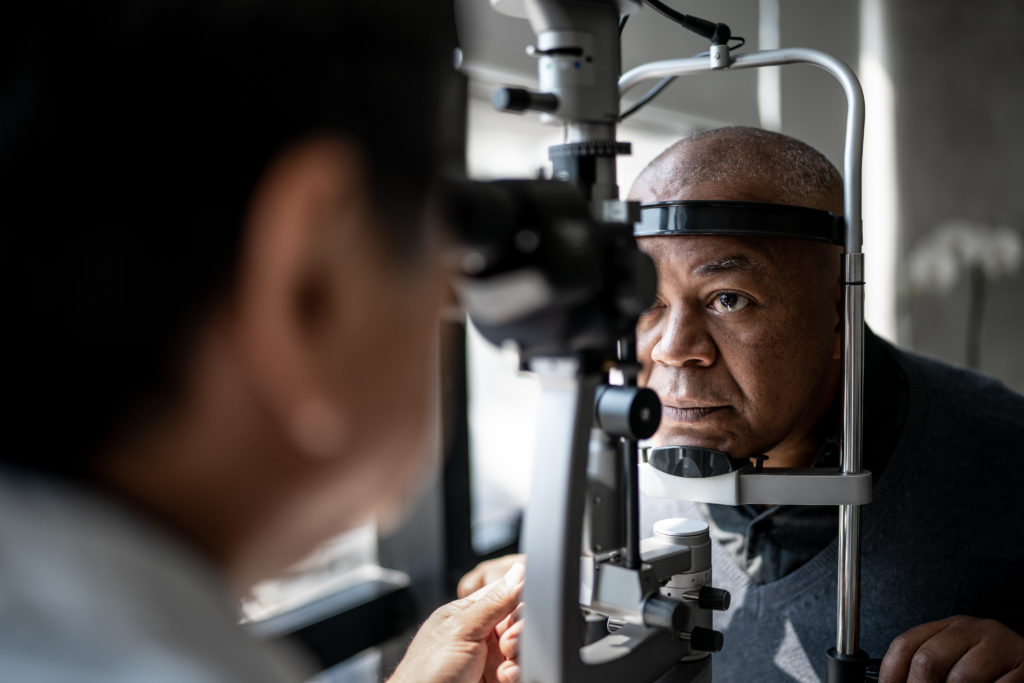What Glaucoma Is and How to Prevent It
Glaucoma is a group of eye conditions that affect the optic nerve, and it is caused by increased pressure on the eye, which can damage the optic nerve and eventually lead to vision loss. Glaucoma is often called “the silent thief of sight” because it can cause blindness without any warning signs. The good news is that glaucoma can be prevented by following some simple steps.
The most important step is to have your eyes examined regularly. If you are in a high-risk group, getting a comprehensive dilated eye exam can detect early stages of glaucoma. Your doctor can detect changes in the eye early on, and treatment can be started before it causes permanent damage.
Additionally, you should try to reduce your risk of injury to the eye. Wear protective eyewear when participating in sports or activities where there is a possibility of eye injuries. If you have any family members with glaucoma, be sure to tell your doctor so that they can monitor your eye health closely. By following these simple tips, you can help to protect your vision and prevent glaucoma from developing.
How Does Glaucoma Develop and Who Is at Risk?
Glaucoma typically occurs when the pressure inside the eye becomes too high. This increased pressure can occur for a variety of reasons, including an excessive buildup of fluid in the eye or a blockage in the drainage system that helps to remove fluid from the eye.
Glaucoma can occur at any age, but it is more common in older adults and certain groups are at a higher risk. This is why it is important to get regular eye exams to check for signs of the condition. Risk factors that can increase your chance of developing glaucoma include having a family history of glaucoma, being African American over the age of 40, all people over the age of 60, having high blood pressure, diabetes, or another medical condition that affects your eyesight. African Americans are 6 to 8 times more likely than Caucasians to develop glaucoma.
Types of Glaucoma
It’s important to understand the different types of glaucoma so that you can better understand the condition and seek treatment if necessary.
The two main types of glaucoma are open-angle glaucoma and angle-closure glaucoma:
Open-Angle Glaucoma: This is the most common type of glaucoma, and it occurs when the drainage angle between the iris and cornea is open but becomes blocked. This blockage causes eye pressure to rise and can cause damage to the optic nerve.
Angle-Closure Glaucoma: Also known as acute glaucoma, this type of glaucoma occurs when the drainage angle between the cornea and the iris becomes completely blocked. This can happen suddenly and cause a rapid rise in eye pressure, which can cause serious damage to the optic nerve if left untreated.
These are the two main types of glaucoma, but there are also other less-common types such as congenital glaucoma, secondary glaucoma and normal tension glaucoma. Each type of glaucoma has its own unique set of symptoms and associated treatments, so it’s important to be aware of the different types in order to seek the appropriate treatment when necessary.
If you have any concerns about your vision or you think that you may be at risk for developing glaucoma, make sure to talk to your doctor. They can help diagnose the condition and recommend a treatment plan that’s right for you.
Common Symptoms
Glaucoma often has no symptoms in the early stages. That’s why it’s important to have regular comprehensive dilated eye exams. During these exams, your eye doctor looks for signs of optic nerve damage and measures your intraocular pressure (IOP). IOP is the amount of pressure inside your eye. If your IOP is too high, your eye doctor may recommend treatment.
Most people with glaucoma will eventually experience vision loss in their peripheral (side) vision. Other symptoms may include:
- Blurred central vision
- Difficulty distinguishing between colors
- Seeing rainbows or halos around lights
- Eye redness
- Severe eye or head pain
- Nausea or vomiting
Treatment Options
There are a number of different treatment options for glaucoma, depending on the type and severity of the condition. In some cases, eye drops may be all that is necessary to reduce pressure inside the eye and protect the optic nerve from further damage. For more severe cases, surgery may be required to create a new drainage channel for fluid or to remove part of the iris.
If you have been diagnosed with glaucoma, it’s important to follow your doctor’s recommendations and attend regular checkups to ensure that the condition does not progress. With proper treatment, it’s possible to slow or even stop the progression of this devastating disease.
Steward Health Care Is Here to Help
At Steward Health Care, we understand the importance of eye health and are committed to providing quality care and information to our patients. If you are concerned about glaucoma or your general eye health, be sure to discuss it with your doctor during your next appointment. They can provide more information and help you determine the best treatment options available to protect your vision. By being proactive and taking care of your eyesight early on, you can avoid bigger problems down the road.
To find a provider in our network near you, visit Steward Doctor Finder or call 800-488-5959.
Common Questions About Glaucoma
How is unhealthy eye pressure detected?
Unhealthy eye pressure is typically detected during a comprehensive dilated eye exam. During this exam, your doctor will measure the intraocular pressure (IOP) inside your eye to determine if it is too high.
How often should I get my eyes checked?
Recommendations vary depending on age but you should get your eyes checked at least every two years, even if you don’t have any symptoms of glaucoma. People with a family history of the condition should get their eyes checked more often.
To find a doctor or schedule an appointment, visit Steward DoctorFinder™.




